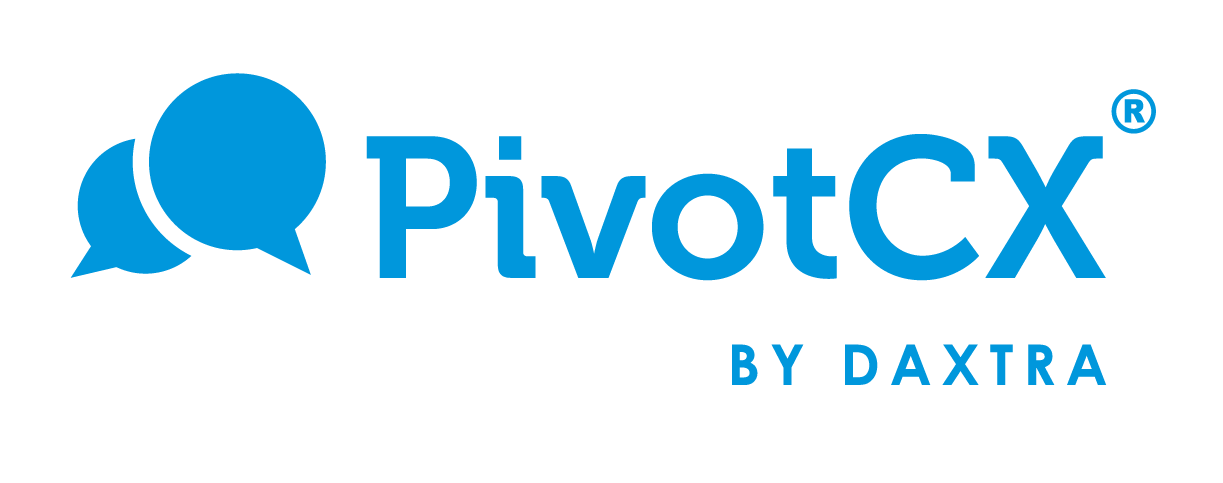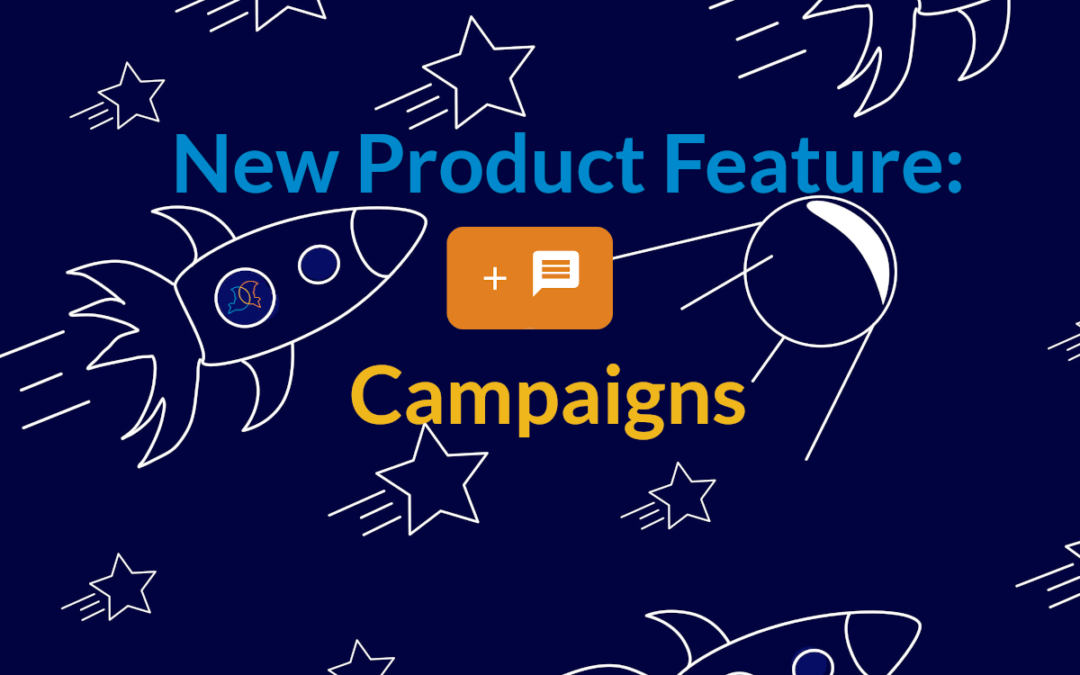
The 5 Problems that Keep CEOs Up at Night
Originally published by Industry Week
Ten years ago, we surveyed manufacturing CEOs to determine what kept them up at night. Coming on the heels of the Great Recession, concerns about another economic downturn were naturally top of mind. Worries about supply chain challenges—in the aftermath of the first significant global supply chain disruption and the Tohoku earthquake and tsunami of March 2011—were second.
We informally surveyed CEOs again this October to gauge their current pain points. Following is a snapshot of top-ranked concerns facing U.S. manufacturing leaders toward the end of 2021.
- Talent recruitment and retention. No surprise here—unless you were expecting No. 1 to be supply chain disruptions. What was once a concern is now a crisis. Not only were there almost 900,000 job openings in manufacturing in the latest U.S. Bureau of Labor Statistics report, or about 9% of all private openings, but more than 300,000 manufacturing employees quit their jobs each month this summer. The Great Resignation is altering the global work landscape. On top of the struggle to attract younger workers—those with STEM skills and a general interest in mechanical and technical careers—manufacturers now have to deal with changing generational perceptions of work overall. Millennials and Gen Z are predicted to make up 30% of total employment by 2030.
- Global supply chain disruptions. Hiccups in the production and distribution of materials, components and products have become the norm with the rise of global value chains. But today’s crisis, of course, is no hiccup: Jammed ports and supply bottlenecks have been the rule rather than the exception for a year. IHS Markit says that suppliers’ delivery times in the United States and the EU have hit record lengths due to surging demand. Consumer spending on durable goods is up more than 20% in the past year, and widespread supply constraints, including component and labor shortages, exacerbate the issue. In fact, shipping prices from China are up 400% since last year, and wait times for ocean freight up 45%. While some analysts believe that as COVID recedes, capacity constraints and labor shortages will also diminish, IHS Markit says the crunch could last for another 12 months—if not longer.
- Commodity and raw material prices. At the heart of much of today’s supply challenge is the shortage of commodities and raw materials, which have driven producer prices up dramatically. It’s hard for manufacturers to plan for growth in the face of unrelenting price spikes. The Federal Reserve’s Global Price Index for All Commodities stands at 167, the highest level in seven years. Moreover, Bloomberg’s index on raw-material spot prices is at a 10-year high. Oil prices are at their highest level since 2014, while according to the Fed, iron and steel prices are at their highest levels ever on the producer price index. Like so many other challenges, this one is not expected to resolve itself any time soon.
- Cyber threats. There is one dramatic difference between our CEO survey of 2011 and 2021: rapidly rising concern over cyber-attacks, especially regarding ransomware and malware, that can lead to equipment sabotage and system shutdowns. The Internet of Things has proven to be a dual-edged sword: Networking with the outside world means exposing yourself to the outside world. According to Statista Research and Analysis, there are 10 billion interconnected devices in the world today, which will climb to more than 25 billion by 2030. At least 4 billion are in use across all industries as well as government. This means unless manufacturers turn the clock back to 1990—restricting their employees’ access to email and cell phones and canceling plans to create smart factories and supply chains—their systems are at risk.
- General economic and global volatility. Economies across the globe are slowing considerably as the impact of the continuing pandemic (which wave is it now?) continues to plague businesses and consumers worldwide. On top of supply chain disruptions and labor shortages, there’s the specter of inflation. The federal government’s Consumer Price Index for All Urban consumers (CPI-U) is up 5.4% year over year, and according to the United Nations, global food prices are up 33% in the last 12 months. Adjusted for inflation and annualized, food prices around the world are at their highest level since 1960.
And yet … according to the Bureau of Economic Analysis, after declining 5% in 2020, corporate profits were up 5% in the first quarter and more than 10% in the second quarter of 2021. Not too shabby considering the growing list of business concerns.
Stephen Gold is president and CEO, Manufacturers Alliance



